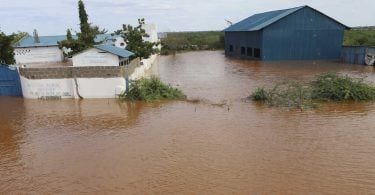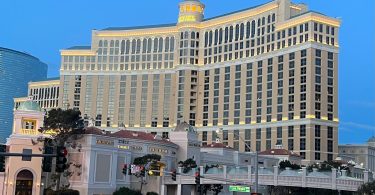Recently, EU (European Union) Ambassador/Head of Delegation to Uganda Kristian Schmidt reached the summit of snow-capped Mount Rwenzori. Here is what he had to say about his experience:
I heard you reached Margherita Peak.
Yes, I reached the peak at 5,109 meters on December 8 around 8 am.
What was the purpose of the mission?
Why did I want to climb Mount Stanley? Well, obviously, because it’s there! And because it’s the highest point of the country in which I currently serve.
Who else was in the delegation?
This was an EU team, and by the way, I would not have managed to reach the summit without the encouragement and comradeship of my colleagues from the EU delegation in Kampala. They are Maria Escobar, Sabrina Bazzanella, Petr Pribyla, and Lucas Zimmer. They all made it, too!
When were you there?
From December 3-10. We spent 7 nights in the Rwenzori National Park. This is not a mountain you just approach and conquer. She lies in hiding within the park, and you have to trek 5 days before even being able to see the summit. Hence the nickname “Mountains of the Moon.” But that trek to get there is part of the adventure – trekking through amazing valleys and highly-diversified landscapes. There is no boring moment, only physical exhaustion and determination to reach the target. Also, during the first 4 days on your way to the Margherita Camp at 4,485 meters, from which you launch the summit attempt, you pass over several mountain passes and peaks, allowing you to acclimatize to thin air. So, summiting Margherita is not, and cannot be, a one-day-picnic outing.
What will this do to boost tourism in the Rwenzoris?
Tourism in Uganda has great potential. Although this was not the prime objective, I hope my visit will encourage other Europeans to give it a go. For such an iconic mountain range, with such adventures in waiting, the affluence to the park is far, far below its possible potential. But advertising and PR alone will not be enough. For European tourists to make the journey, there needs to be peace and sustainable development in the region. This is why the European Union has two relevant projects in the Rwenzoris: one on conflict-prevention, and one on creating economic opportunities to prevent locals from encroaching on park territory.
What is your message on climate change ?
I saw the glacier melting with my own eyes, and I spoke to the local guides. Based on their observations and experience, the two remaining Margherita and Stanley glaciers will disappear within the next 6-7 years. This is of course very sad, and my only consolation was to go directly from the glaciers to inaugurate a 10 MW EU-funded solar power plant in Eastern Uganda. But let me say this: anyone challenging the Paris Agreement on climate change is directly undermining Uganda’s national interest. Please don’t!
Beyond the ice, the park’s ecosystem is best comparable to that of an enormous “sponge.” It generates and absorbs water, releasing it gently into rivers and lakes, feeding both Uganda and the Nile Basin. In fact, when a fire destroyed some of the park’s “sponge” capacity in 2012, villages in Kasese were flooding during the wet season. So, while the park is beautiful, it also plays an essential role in the regional ecological balance. By paying their entrance fees to the park, visiting tourists are also contributing to maintaining an essential environmental asset.
























